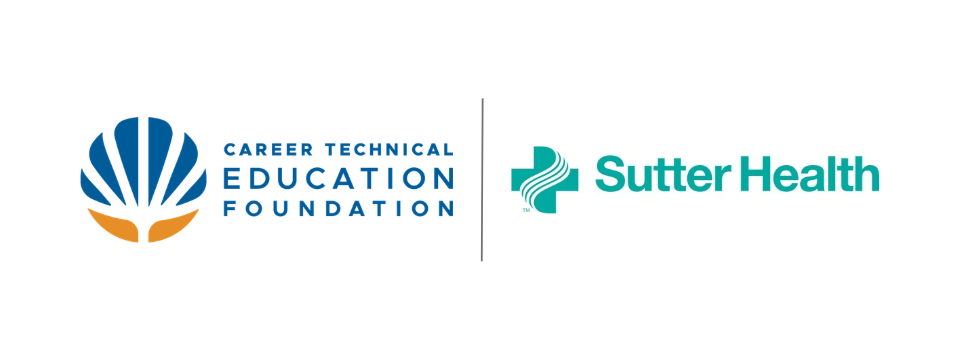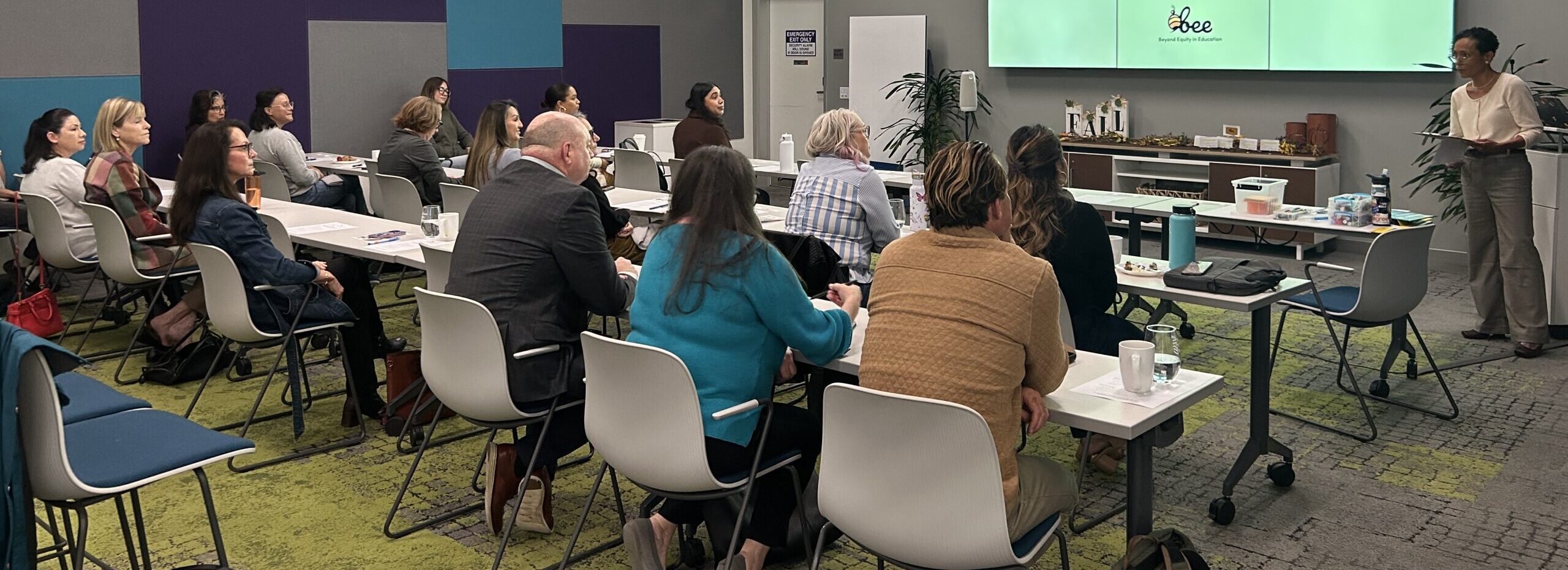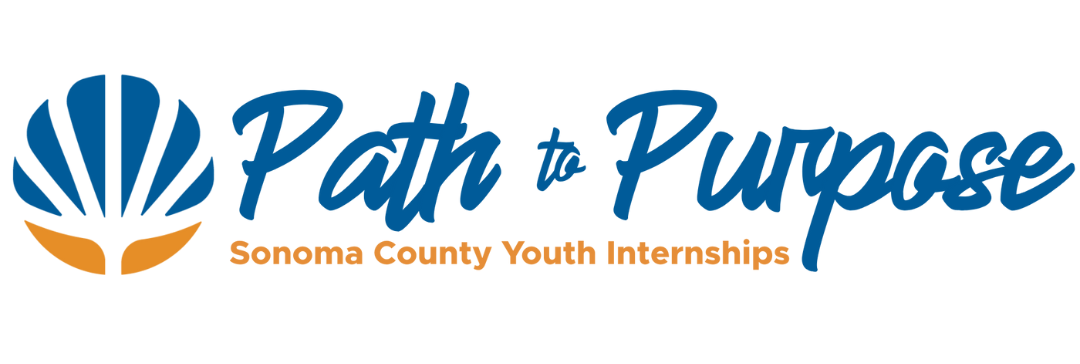For Immediate Release
Santa Rosa, California (March 13, 2019) – The Career Technical Education (CTE) Foundation Sonoma County has launched its newest initiative in partnership with the county’s largest employers and education institutions. The Sonoma Corps is a pilot program recruiting high school students in their senior year to prepare them for a “gap year” work experience internship following graduation. Beginning in Fall 2019, up to 20 seniors from Piner High, identified through a competitive application process, will attend semi-weekly classes to develop work-readiness and technical skills, meet employers, and explore how personal interests can lead to lucrative careers with Sonoma County employers. Upon high school graduation, participants will be assigned to a year-long paid internship based on their learning objectives and aligned to economic development needs in the county. After successful completion of gap-year internships, participants will be awarded scholarships for tuition at a post-secondary institution, preferably into education pathway programs at SRJC and SSU.
Students across the country are increasingly opting to postpone their traditional academic plans and participate in a gap year experience, a break between high school and college that might include travel, work or volunteering before continuing academic studies. The trend supports increased demand for structured gap year programs, which allow young people to explore their interests and ultimately enter their post-secondary school more energized and focused. Data shows how students who had internships where they could apply the knowledge and skills they were learning in the classroom are more likely to find full-time employment after college and to be engaged in their work.[i]
The Sonoma Corps concept was developed to further a key strategy of Strategic Sonoma’s “grow our own” approach when addressing local workforce shortages. In its competitive assessment, Strategic Sonoma sites the demand for workers with mechanical and technical skills, stating, “Education-dependent technology jobs grew 36% over the past decade – compared to only 3% overall growth.”
Ethan Brown, program manager at the Sonoma County Economic Development Board and Sonoma Corps steering committee member, sees that many in-demand jobs increasingly require skills and knowledge that go beyond entry-level skills.
“For at least a decade, we have seen local companies struggle increasingly to recruit and retain skilled employees,” Brown said. “The 2017 fires exacerbated this problem and it’s crucial that we develop a pipeline to train young people for careers that will keep them in the region and support the growth of our local economy.”
Sonoma County’s population is aging faster than the national average – 28% of our local workforce was over the age 55 in 2016 – and rapidly losing residents under 25 years old due to the region’s high cost of living and perceived lack of opportunities to earn a living wage. Concurrently, many high school graduates find themselves unprepared to enter college – financially, emotionally, and academically – and instead languish in transfer programs with little direction or motivation to persevere in their studies. These same students also lack relevant skills for efficient transition to in-demand, skilled, high-wage jobs which would allow them to stay local.
“CTE Foundation has a proven track record in creating and funding programs that create pathways to careers and post-secondary education,” said Jim Happ, president of Labcon and Sonoma Corps steering committee member. “This initiative leverages CTEF’s experience with other successful programs like the North Bay Construction Corps and expands growth of a skilled workforce pipeline for the industries that drive our local economy. I look forward to participating in and growing the program so that we can continue hiring skilled workers from our community.”
###
About Sonoma Corps
Developed in partnership with public and private stakeholders, Sonoma Corps is a gap year program for high school students. Several industry partners are involved in the design and implementation of the program, and have signed up to host a “gap year” intern with their company, including: County of Sonoma General Services Department; E&J Gallo; Keysight Technologies; Labcon; Straus Family Creamery; and Sonoma-Marin Area Rail Transit (SMART). In addition to major employers, key education stakeholders have pledged support to bring Sonoma Corps to fruition: Jerry Miller, Senior Dean, Career & Technical Education and Economic Development at Santa Rosa Junior College; Lisa Vollendorf, Provost at Sonoma State University; and Stephen Jackson, Director, CTE Partnerships at Sonoma County Office of Education. Jen Klose, President of Santa Rosa City Schools Board (the largest district in the County with six high schools, including Piner) is a close collaborator on Sonoma Corps, and will be instrumental in its pilot implementation, evaluation and model development. Finally, Ethan Brown, Program Manager at the Economic Development Board will represent the Strategic Sonoma coalition on the Committee. Steering Committee activities launched February 11, 2019. All partners named above gathered to discuss motivations for joining the effort, come to agreement on program goals and desired outcomes, and provide input on the ideal candidate for the program. Monthly meetings have been set for the year to guide program development, including senior-year course curriculum, gap-year internship structure, student recruitment and wrap-around support planning.
About Career Technical Education (CTE) Foundation
The Career Technical Education (CTE) Foundation, founded in 2013, works to improve the economic outlook for Sonoma County’s youth by investing resources in a coordinated system of college and career readiness programs that lead to high-wage, high-demand, and high-skilled jobs in the county. The aim is to significantly improve overall student success and achievement through innovative educational programs that simultaneously mirror local economic trends and workforce demand. This is accomplished by gathering input from local employers about the skills gap and workforce training needs to help guide and coordinate opportunities to build a constructive connection between educational institutions and industry leaders while retaining the flexibility to respond to the challenges and needs faced by both.
-end-
[i] Learning to Work and Working to Learn, the U.S. Chamber of Commerce Foundation (USCCF), June 20, 2017, https://www.uschamberfoundation.org/reports/learning-work-working-learn








